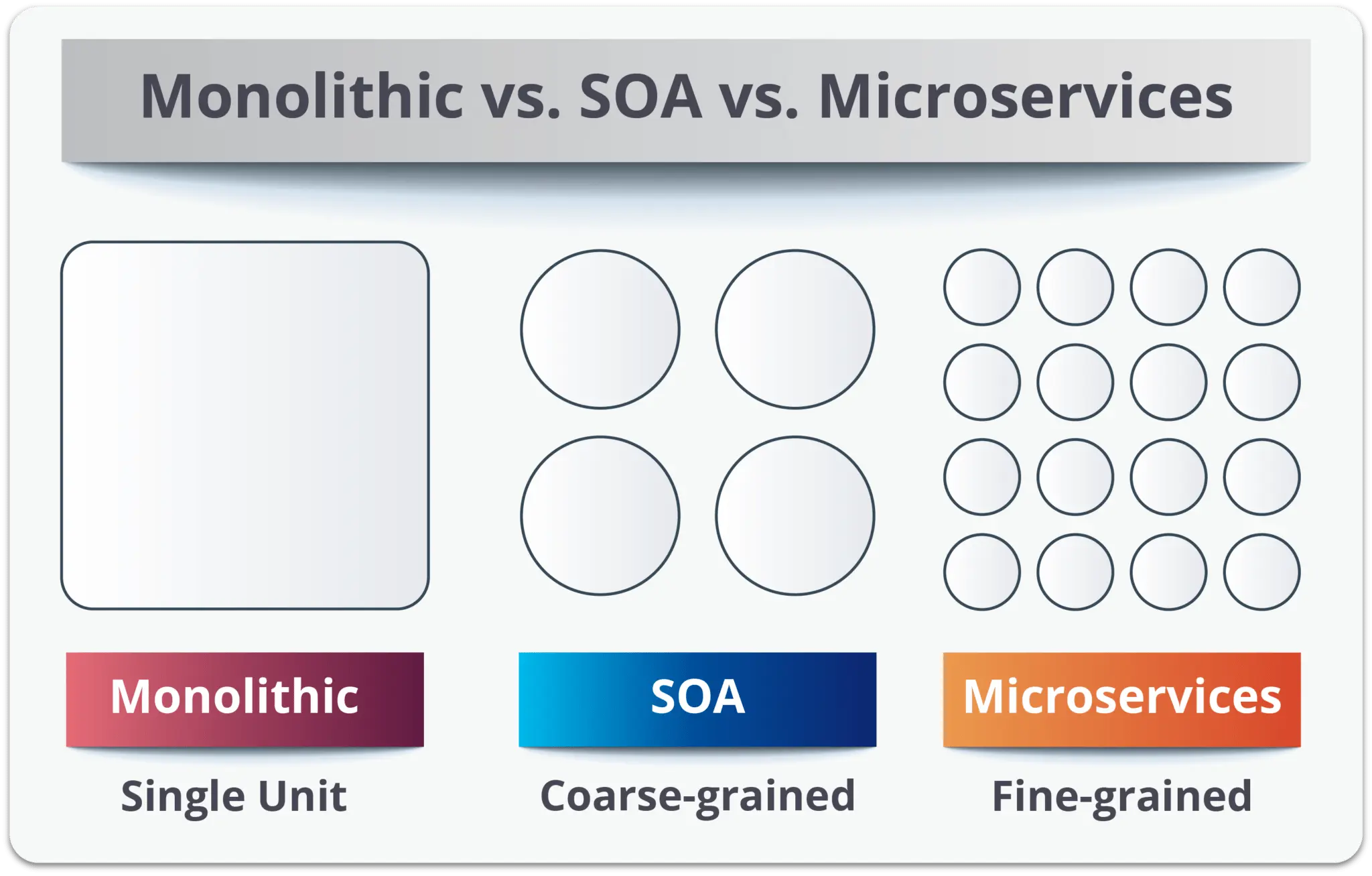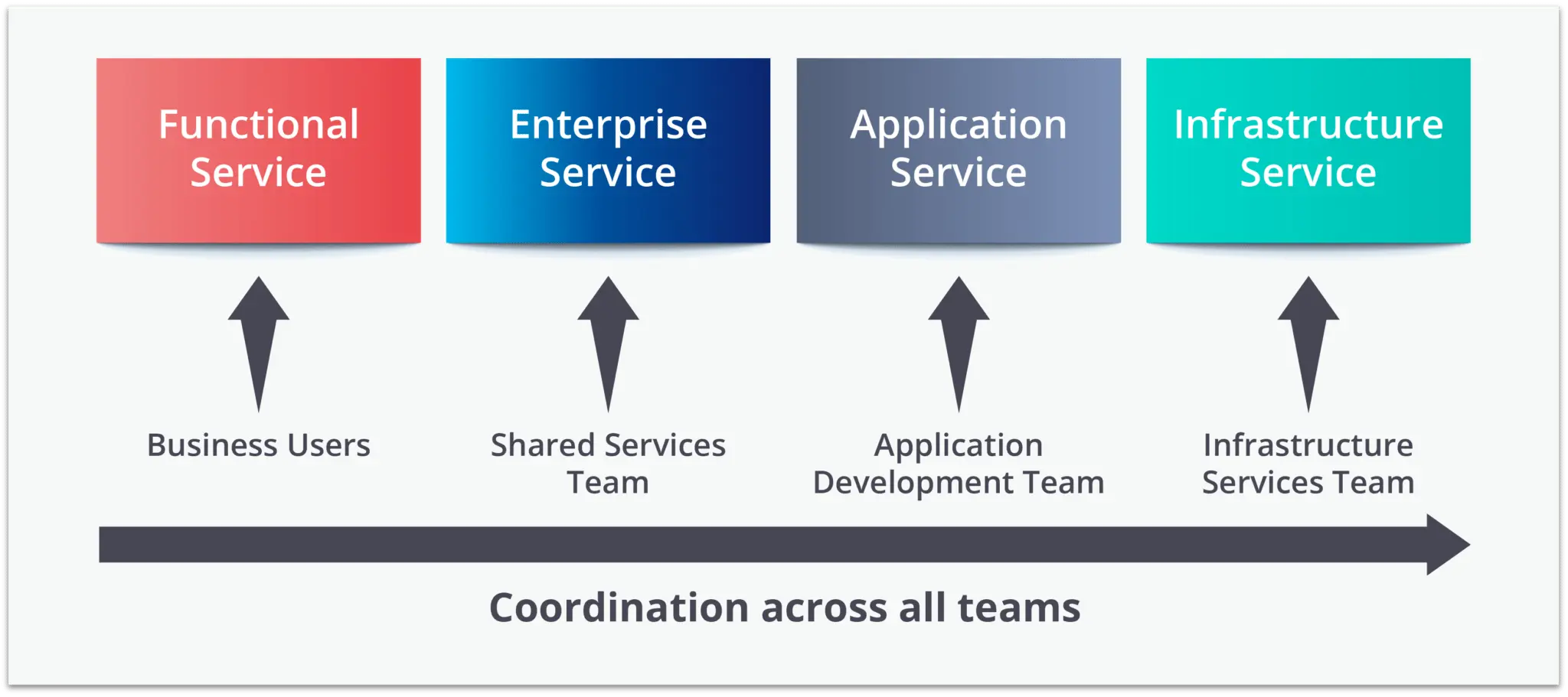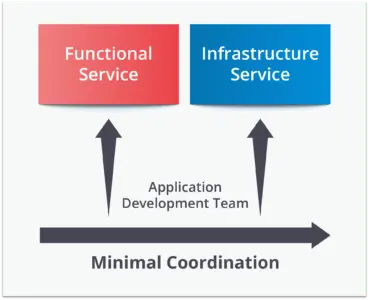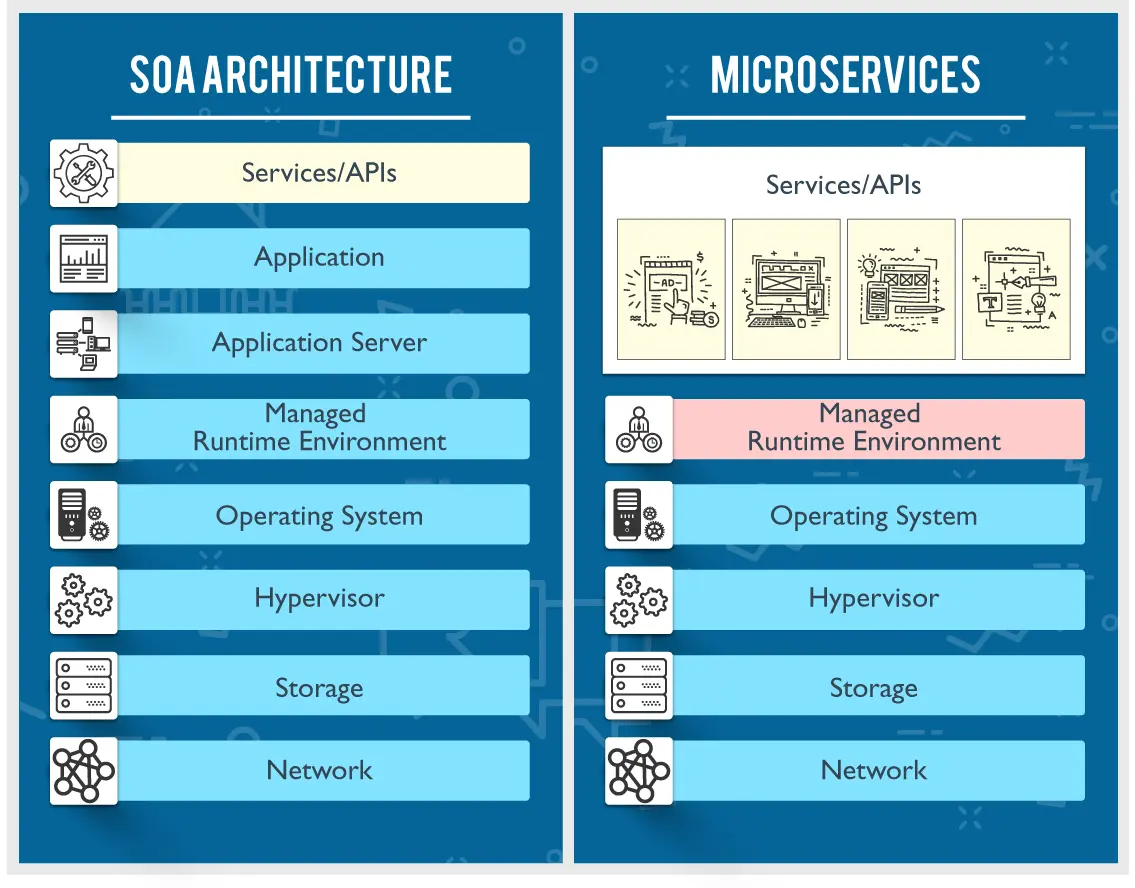AWS Solution Architect Certification Training
- 184k Enrolled Learners
- Weekend/Weekday
- Live Class
In the previous blog on What is Microservices, you got to know that SOA and Microservices which have distributed architectures offer significant advantages over monolithic architecture. In this blog, I will explain you layered-based architectures and tell you what is the difference between Microservices vs SOA Architecture? Understanding how they differ will lay the basic foundation required for Microservices Certification Training.
So, before we deep dive into the differences between the Microservices vs SOA, let me just tell you the basic differences between the Monolithic architecture, SOA, and Microservices.

A Service-Oriented Architecture is essentially a collection of services. These services communicate with each other. The communication can involve either simple data passing or it could involve two or more services coordinating some activity. Some means of connecting services to each other is needed.
Microservices, aka Microservice Architecture, is an architectural style that structures an application as a collection of small autonomous services, modeled around a business domain.
You can also watch the below video where our Microservice Architecture expert has explained the differences between Microservices Architecture and SOA.
Now, let us see the key differences between the Microservices vs SOA :
Microservices vs SOA
When comparing Microservices vs SOA, they both rely on services as the main component but they vary greatly in terms of service characteristics.
It defines 4 basic service types as depicted below:

Enterprise Services:
Application Services
Infrastructure Services
Microservices have limited service taxonomy. They consist of 2 service types as depicted below.


| SOA | MSA |
|---|---|
| Follows “share-as-much-as-possible” architecture approach | Follows “share-as-little-as-possible” architecture approach |
| Importance is on business functionality reuse | Importance is on the concept of “bounded context” |
| They have common governance and standards | They focus on people collaboration and freedom of other options |
| Uses Enterprise Service bus (ESB) for communication | Simple messaging system |
| They support multiple message protocols | They use lightweight protocols such as HTTP/REST etc. |
| Multi-threaded with more overheads to handle I/O | Single-threaded usually with the use of Event Loop features for non-locking I/O handling |
| Maximizes application service reusability | Focuses on decoupling |
| Traditional Relational Databases are more often used | Modern Relational Databases are more often used |
| A systematic change requires modifying the monolith | A systematic change is to create a new service |
| DevOps / Continuous Delivery is becoming popular, but not yet mainstream | Strong focus on DevOps / Continuous Delivery |
In the end, I will say it is not that simple to tell which architecture is better than other. It mainly depends on the purpose of the application you are building. SOA is better suited for large and complex business application environments that require integration with many heterogeneous applications i.e. smaller applications are not a good fit for SOA as they don’t need a messaging middleware component. Microservices, on the other hand, are better suited for smaller and well-partitioned, web-based systems in which microservices give you much greater control as a developer. The conclusion is that since they both have different architecture characteristics but it mainly depends on the purpose of the application you are building.
Got a question for us? Please mention it in the comments section of ” Microservices vs SOA” and I will get back to you.
 Thank you for registering Join Edureka Meetup community for 100+ Free Webinars each month JOIN MEETUP GROUP
Thank you for registering Join Edureka Meetup community for 100+ Free Webinars each month JOIN MEETUP GROUPedureka.co
very useful blog and useful information.i found one of the best blog which is related to devops online training.
You mention that in MSA “Modern Relational Databases” are more often used than “Traditional Relational Databases” in SOA. What are modern relational databases?